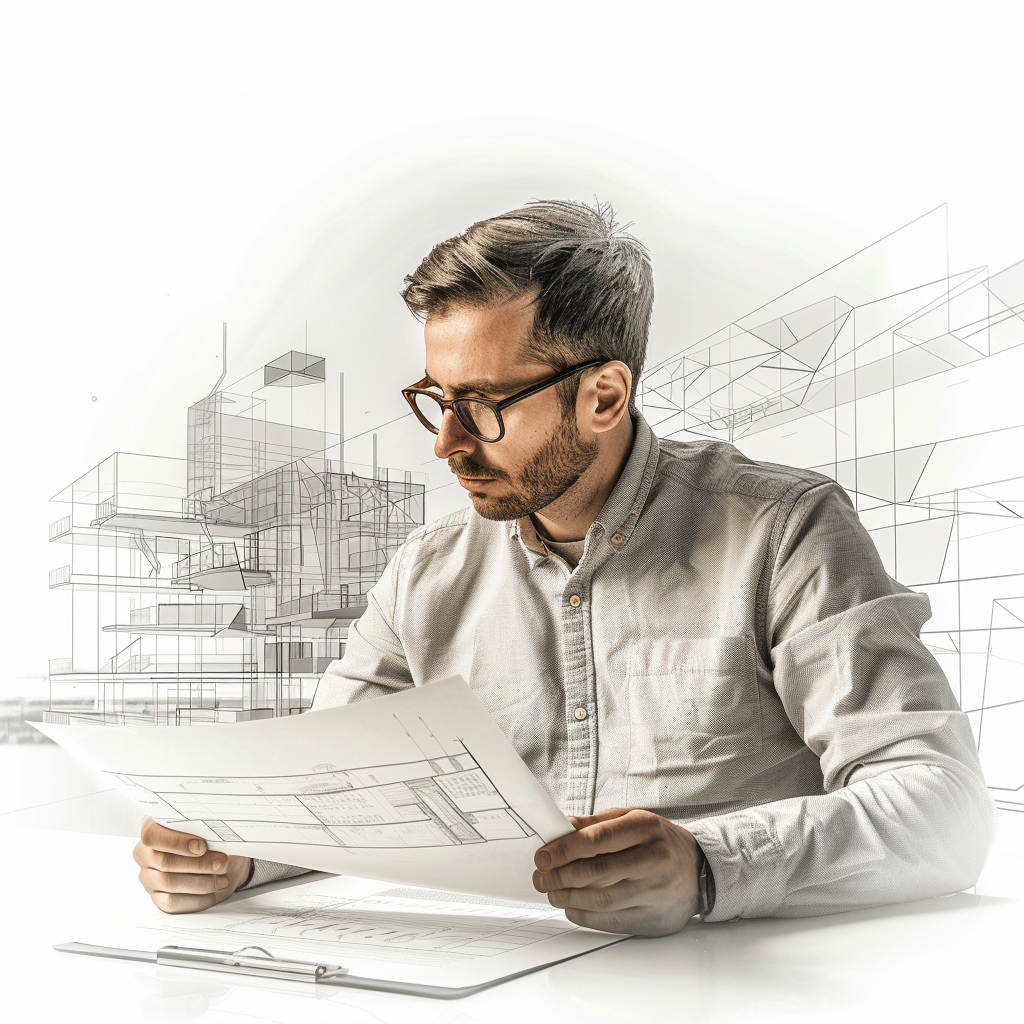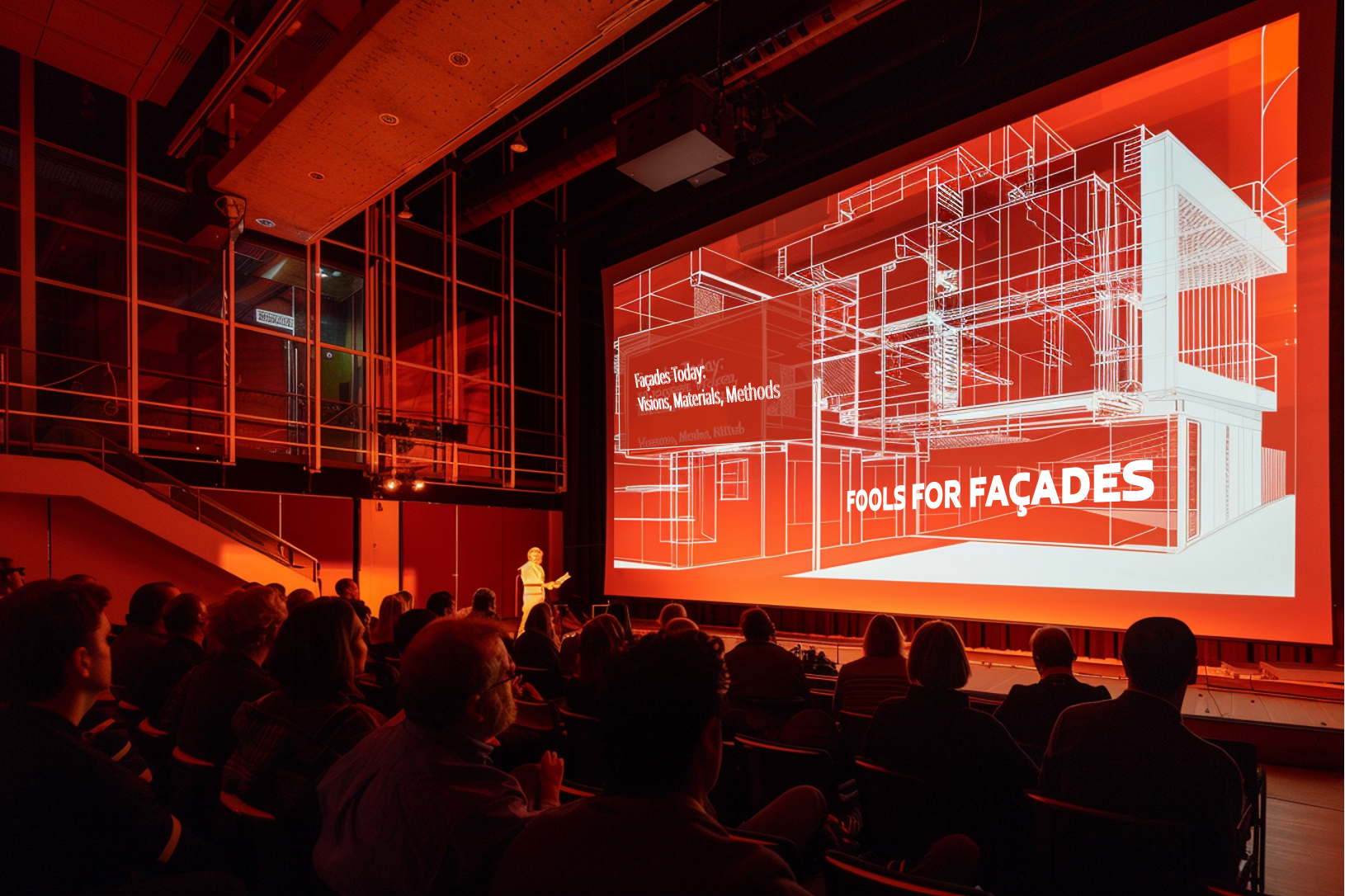
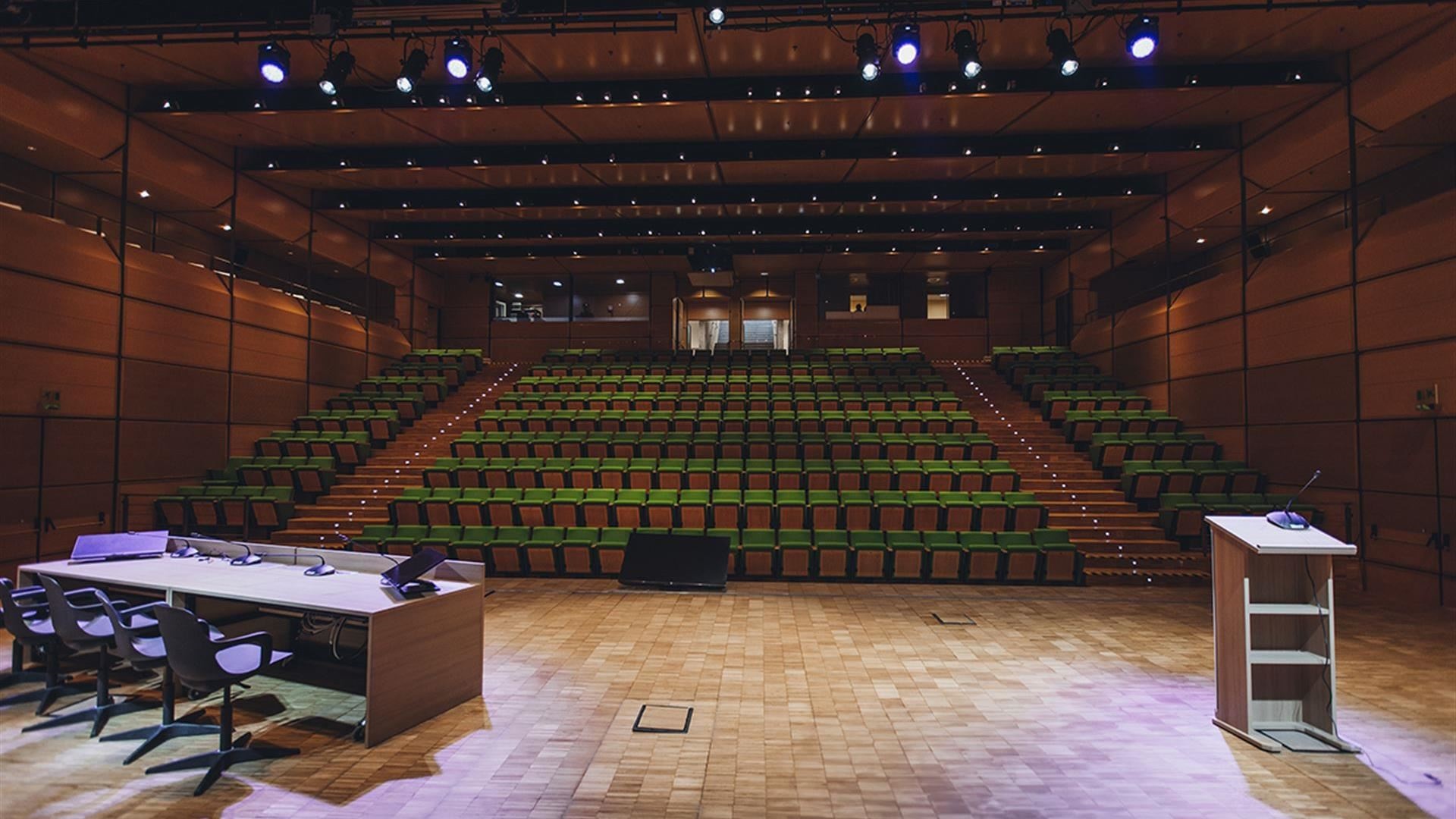

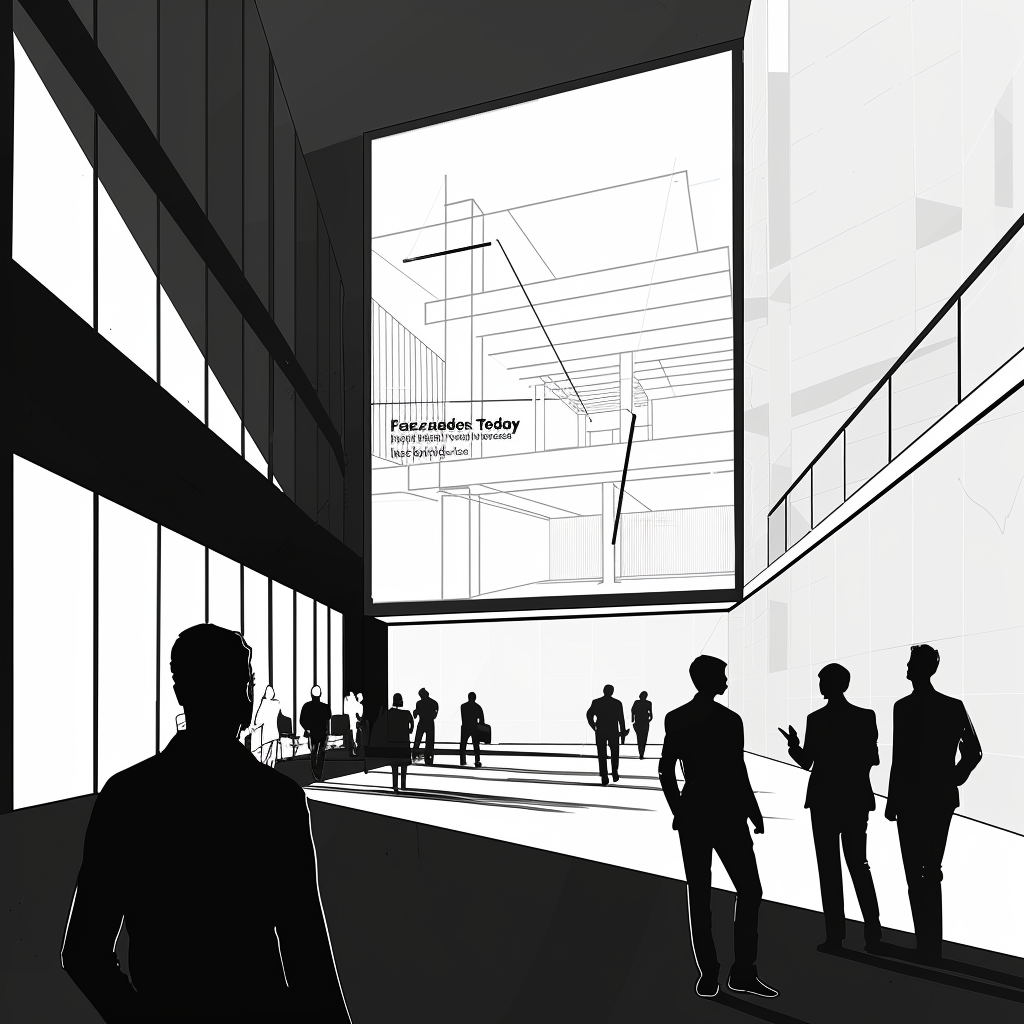

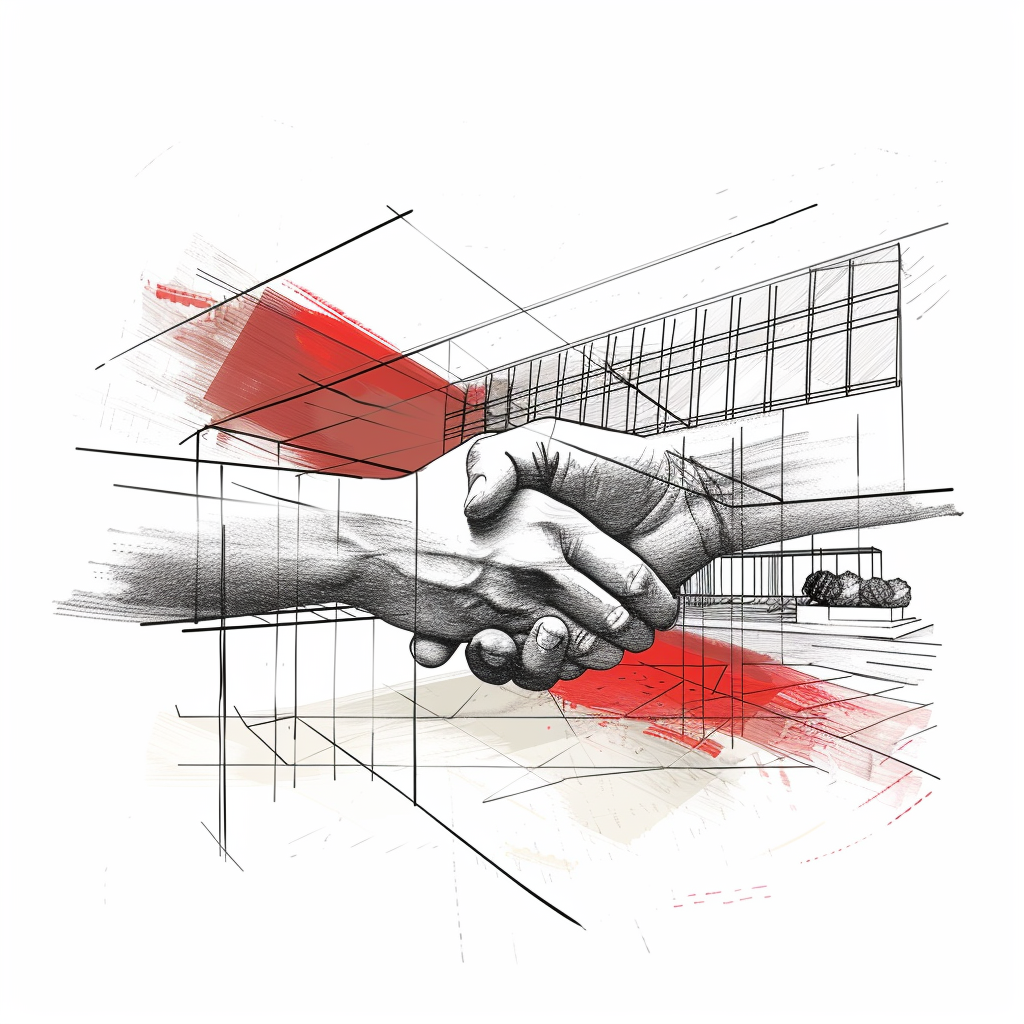












In the global conversation around façade design, topics like sustainability, aesthetics, and fabrication often dominate. Yet one aspect remains chronically underexplored — how façades behave when the ground itself moves.
Prof.ssa Chiara Bedon, Associate Professor at the University of Trieste, and Dr. Nicola Cella, researcher in the same department, are leading a cutting-edge investigation into the seismic vulnerability and performance of non-structural façade systems. The research, which forms a core part of Nicola’s doctoral project, brings attention to a crucial — and too often overlooked — question: What happens to the building envelope in an earthquake?
Their work offers an analytical and performance-driven approach to this question, blending structural engineering, empirical testing, simulation modeling, and a deep understanding of architectural systems.
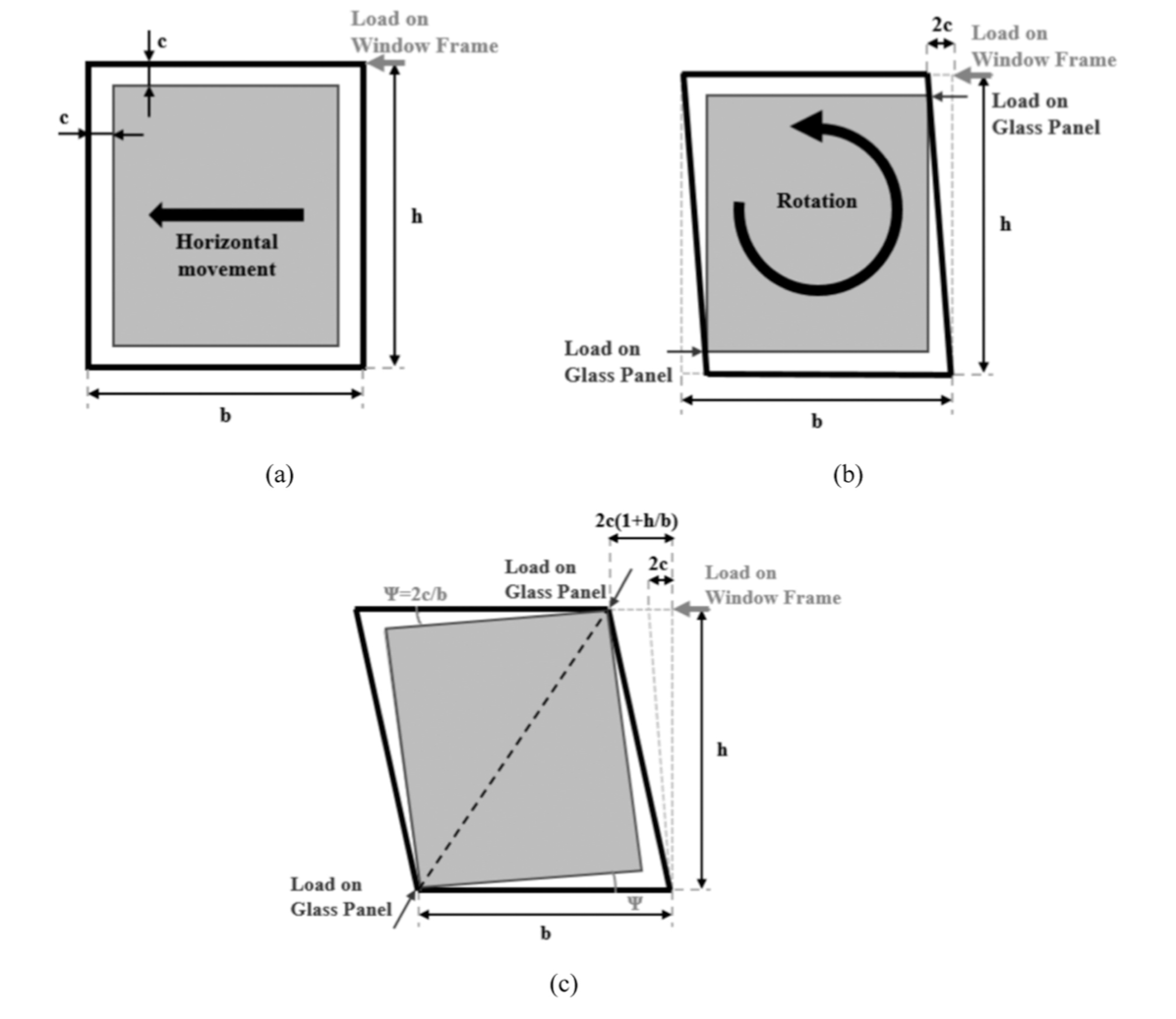
In seismic zones, structural systems are designed to deform and dissipate energy. But what about façades — the protective, performative skins that often sit just beyond the structural frame?
These elements are typically considered "non-structural," yet they are essential to building functionality and safety.
Bedon and Cella’s joint research asserts that façades cannot be designed in isolation from seismic strategy.
Failures in these systems — including glass breakage, anchorage failure, or panel detachment — can result in severe hazards to pedestrians, loss of thermal or weather protection, and significant costs in post-disaster repair.
Their work draws attention to a critical vulnerability of modern façades: the incompatibility between the deformation capacity of the building’s structural system and that of the façade.
While structures in seismic zones are designed to flex and dissipate energy, façade systems — often treated as non-structural — may not be able to accommodate these movements.
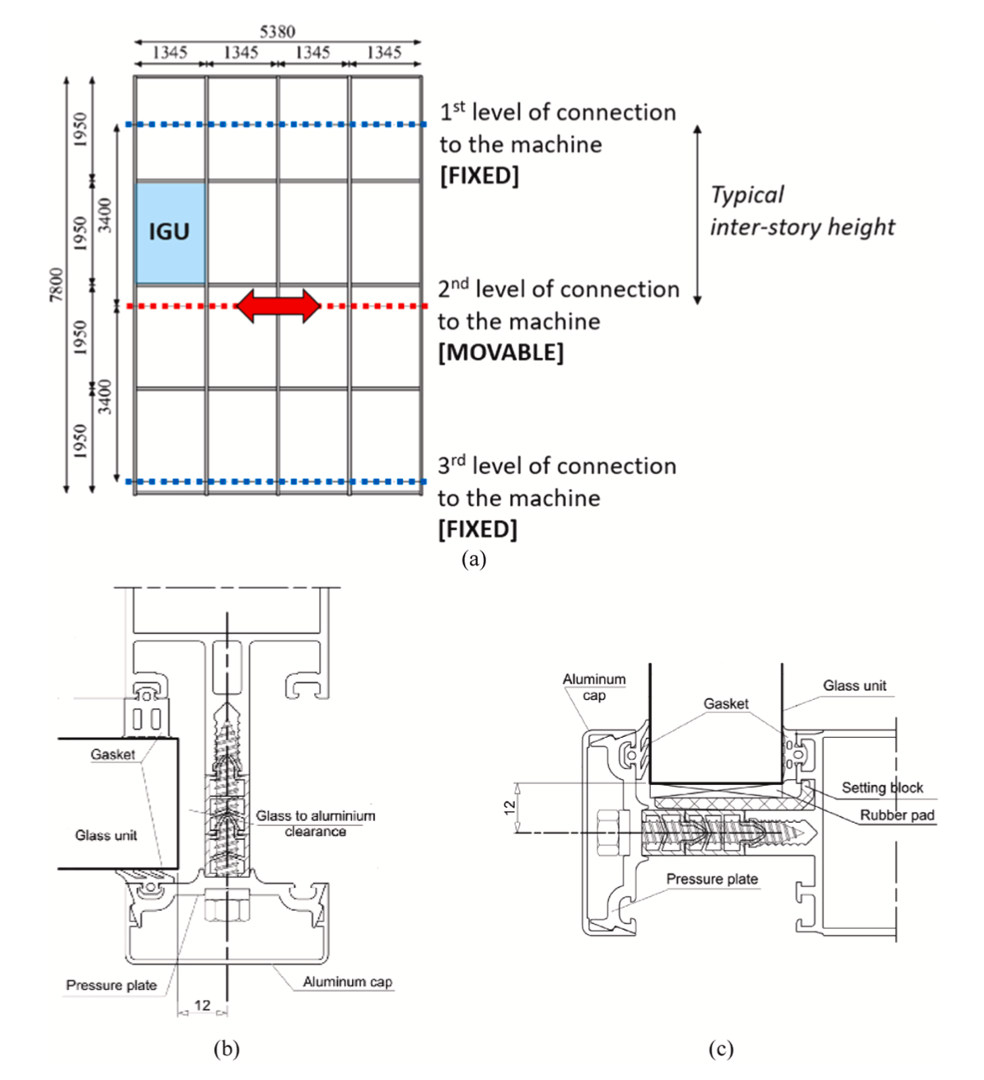
This growing complexity makes façade systems both architectural statements and structural liabilities. The movement of one component can have cascading effects across others — glass fractures, subframe deformations, and failures in anchor bolts or clips that can lead to catastrophic detachment.
In their research, Prof.ssa Chiara Bedon and PhD candidate Nicola Cella advance seismic engineering beyond the structural core to include the performance of glazed curtain wall systems.
Their work is grounded in advanced numerical modeling and analytical frameworks, focusing on how façades respond under seismic displacement scenarios, with particular attention to inter-story drift.
Rather than conducting new laboratory experiments, their investigation builds upon experimental data from previous full-scale testing campaigns HERE
These tests, often displacement-controlled, evaluate:
A pivotal part of their research focuses on inter-story drift ratios, simulating the horizontal displacement between floors during seismic events.
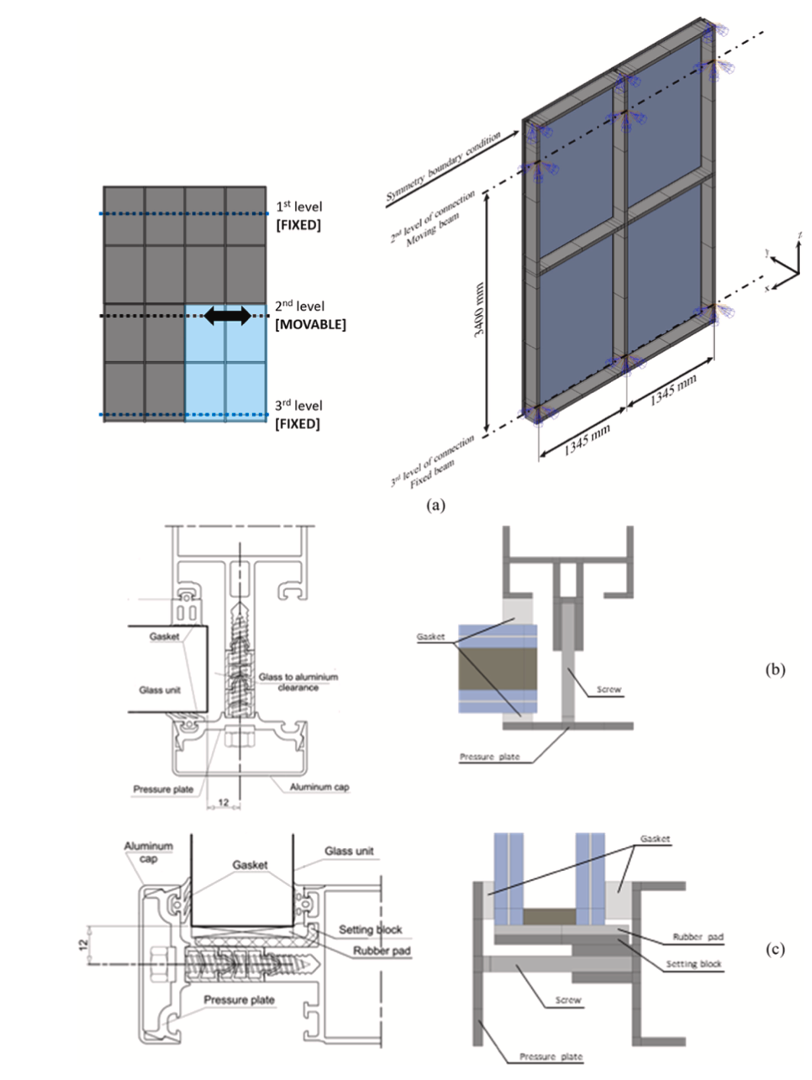
These earlier tests involved 1:1 mock-ups of façade systems, subjected to increasing inter-story drift ratios ranging from 0.5% to 2.5%, allowing for the observation of both elastic and post-elastic behaviors.
At 1.5% drift — a common upper design threshold — several façade systems already showed:
These effects were meticulously recorded using high-speed video analysis, strain gauges, and displacement sensors positioned along anchor points, panel edges, and subframe interfaces.
Cella, with a specialization in modeling and structural dynamics, contributes detailed nonlinear finite element models to replicate and extend these findings. These models include:
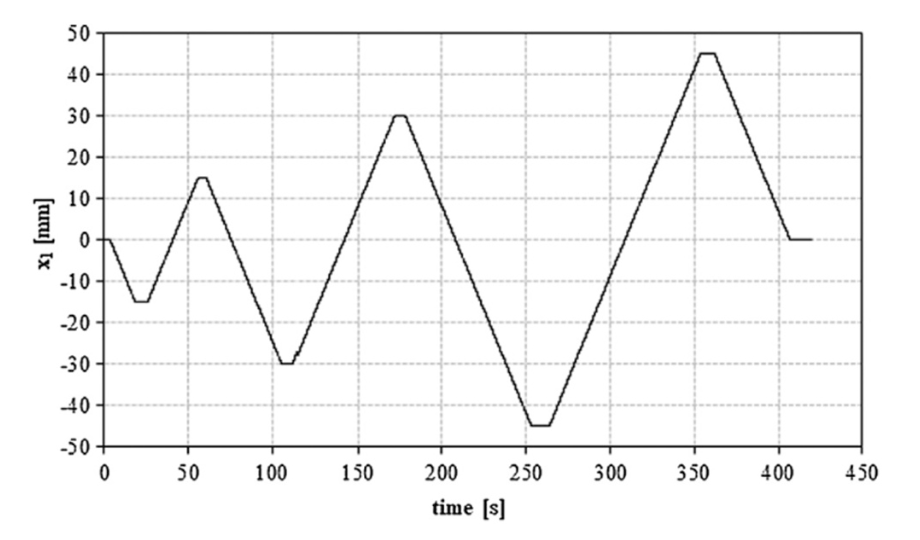
In addition, the team implemented probabilistic simulations to evaluate façade behavior under repeated seismic events or aftershock sequences. This allowed for identifying not only performance thresholds, but also cumulative degradation patterns.
Their collaboration also includes parametric studies to assess the influence of panel stiffness, bracket geometry, edge conditions, cavity spacing, insulation type, and fixative materials — creating an unprecedented data matrix for façade engineering.
The research identifies not just the existence of seismic vulnerability, but the specific mechanisms by which façade systems degrade. For instance:
These mechanisms suggest that traditional design assumptions — where non-structural elements are presumed secondary — fail to capture the critical role of envelopes in post-earthquake functionality.
Moreover, the studies emphasize that many observed façade failures are not due to the intensity of a single seismic event, but to poor tolerance design and underestimation of cumulative displacement, creep, and thermal effects that compromise systems long before visual damage occurs.

Post-test inspections confirmed permanent deformations in frame substructures, local buckling in aluminum mullions, tearing of gaskets, and even spontaneous breakage days after the seismic input, due to stress residuals.
Bedon and Cella argue for the modernization of seismic codes to include performance-based criteria for façades. Their findings underscore the urgent need for:
They also advocate for early collaboration between architects, engineers, and manufacturers.
Their joint vision includes a future where façade design integrates real-time feedback, where AI optimizes fixings based on dynamic stress maps, and where standardization doesn’t sacrifice innovation but guides it toward safety and efficiency.
Through their combined research, Bedon and Cella are pushing for a new paradigm in envelope design — one that values not only structural robustness but functional continuity and ease of post-quake recovery.
They envision façade systems that are:
The idea is not simply to prevent detachment, but to maintain the full serviceability of façades in the immediate aftermath of seismic activity — from weather protection to daylight control, fire resistance to acoustic insulation.
Their ongoing collaboration is positioning Trieste as a node of excellence in seismic façade engineering — with international impact on both academic research and real-world construction.
As climate change and tectonic activity continue to challenge urban stability, the resilience of non-structural components is no longer optional. Cities that overlook envelope performance in seismic strategy risk costly downtime, human harm, and architectural loss.
Bedon and Cella’s work shows that resilience is not simply about surviving an event, but about recovering quickly — and ensuring that buildings remain usable, safe, and intact in the aftermath.
Through rigorous testing, cross-disciplinary thinking, and a passion for bridging science and design, they are redefining the future of the façade — one earthquake at a time.
Citation:
N. Cella and C. Bedon, “Numerical modelling of global/local mechanisms and sensitivity analysis for the seismic vulnerability assessment of glass curtain walls,” Engineering Structures, vol. 319, p. 118859, Nov. 2024, doi: 10.1016/J.ENGSTRUCT.2024.118859.
The full report available HERE
"Facades Today": is a one-day conference exploring contemporary approaches to façade design, innovation, and cultural meaning.
Expect critical insights, surprising case studies, and practical visions for what comes next in urban envelopes.

Location:
Milan, Monte Rosa 91 - Auditorium

Date:
April 24, 2026 — 09:00 to 18:00

Audience:
The people who shape buildings—designers, engineers & makers

Contact: events@foolsforfacades.com
Join the archive that celebrates architecture’s most iconic façades.
If your company played a role—through materials, systems, or expertise—let us know.
We’re building a record of the people and products behind the world’s most influential buildings.
Are you working on façade innovation, materials, or design methods?
Submit your study and be part of the conversation shaping tomorrow’s architecture.
